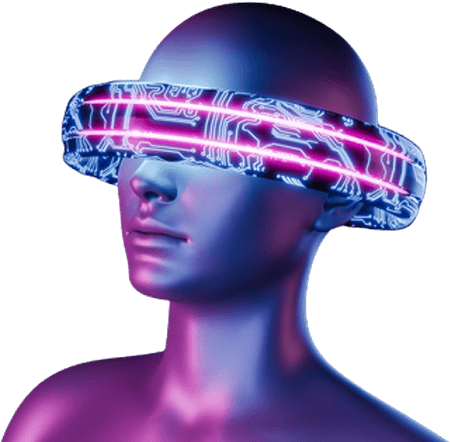Is Claude AI Detectable? – The Capabilities and Limitations of AI
Artificial intelligence has advanced significantly, bringing sophisticated language models like Claude AI into mainstream use. As Claude AI is renowned for its advanced natural language processing and ethical framework. However, a common question arises: “Is Claude AI detectable?” Our article explores the detectability of Claude AI, highlighting its strengths and potential tell-tale signs of AI-generated content.
The Sophistication of Claude AI
Claude AI is designed to generate human-like text that is fluent, coherent, and contextually appropriate. Its advanced algorithms enable it to produce responses that are difficult to distinguish from those written by humans. Several factors contribute to its near-indistinguishability:
- Advanced Language Models: Claude AI utilizes sophisticated language models that understand and generate text based on extensive datasets. This results in highly accurate and contextually relevant responses.
- Contextual Awareness: The AI maintains context over extended interactions, providing coherent and consistent replies that mimic human conversation.
- Ethical Framework: Built with ethical guidelines, Claude AI produces safe and respectful content, aligning closely with human conversational norms.
Why Claude AI is Hard to Detect
Claude AI’s design and capabilities make it challenging for humans to detect whether a piece of text is AI-generated. Here are key reasons why:
- Fluent and Natural Responses: Claude AI’s responses are often indistinguishable from human-written text due to their fluency and natural flow.
- Varied Sentence Structures: It uses diverse sentence structures and vocabulary, reducing the predictability often associated with AI-generated content.
- Context Retention: The AI effectively retains context over long conversations, making its replies relevant and cohesive.
As AI-generated content becomes more prevalent, tools designed to detect such content have also evolved. AI detection tools are software applications that analyze text to determine whether it was likely generated by an AI. These tools are becoming increasingly sophisticated and use a variety of methods to identify AI-generated text:
- Machine Learning Algorithms: These tools leverage machine learning models trained on large datasets of both human-written and AI-generated text. By comparing patterns and features from both types, the algorithms can identify characteristics unique to AI-generated content.
- Linguistic Analysis: Detection tools often analyze the linguistic features of a text, such as sentence structure, word usage, and stylistic elements. AI-generated text may exhibit certain patterns that are less common in human writing, such as consistent use of specific phrases or uniform sentence length.
- Statistical Analysis: Statistical methods can be used to detect anomalies in text that might indicate AI generation. For instance, AI-generated text might show unusual distributions of words and phrases compared to human-authored content.
- Metadata Examination: Some detection tools also examine metadata associated with the text, such as creation time, editing patterns, and other digital footprints that could suggest AI involvement.
- Behavioral Analysis: By examining how a text responds to specific prompts or changes in conversation flow, detection tools can identify the systematic nature of AI-generated responses.
Despite their sophistication, these tools are not foolproof and can sometimes produce false positives or negatives. As AI technology improves, so do the techniques for creating more human-like text, making detection increasingly challenging.
Potential Indicators of AI-Generated Text
While Claude AI is highly sophisticated, there are subtle patterns that, when scrutinized closely over multiple long examples, might indicate AI involvement. These include:
- Repetition of Phrases: Occasionally, AI models might repeat certain phrases or structures, especially in extended text.
- Overly Formal Language: AI might use formal or overly polite language more consistently than a human would in casual conversation.
- Lack of Deep Emotional Insight: While AI can simulate empathy and understanding, it may lack the depth of emotional insight found in genuine human responses.
Practical Applications and Undetectability of Claude
For most practical applications, Claude AI is effectively undetectable. Its ability to generate coherent, contextually appropriate, and natural text makes it an excellent tool for various uses:
- Customer Service: Providing consistent and accurate responses to customer queries.
- Content Creation: Assisting in generating articles, reports, and creative writing.
- Educational Tools: Offering explanations, tutoring, and interactive learning experiences.
Conclusion
Claude AI stands out as one of the best AI models in terms of generating text that is hard to detect for a human reader. Its advanced language capabilities, contextual awareness, and ethical framework ensure high-quality, natural-sounding responses. While it is generally difficult to distinguish Claude AI’s output from human-written text, slight patterns might be noticeable in extended examples upon close inspection. For everyday applications, Claude AI’s responses are virtually indistinguishable from those of a human, making it a valuable tool in various fields. As with any technology, users should be aware of its strengths and limitations, applying it thoughtfully and ethically in their endeavors.
Frequently Asked Questions
1. Can humans easily detect text generated by Claude AI?
Claude AI is designed to produce text that is highly fluent and natural, making it difficult for humans to detect. However, subtle patterns may emerge in extended text upon close inspection.
2. How do AI detection tools identify AI-generated text?
AI detection tools use machine learning algorithms, linguistic analysis, statistical methods, metadata examination, and behavioral analysis to identify features unique to AI-generated text.
3. Are AI detection tools foolproof?
No, AI detection tools are not foolproof and can sometimes produce false positives or negatives. As AI technology advances, detection becomes more challenging.
4. What are some indicators of AI-generated text?
Common indicators include repetition of phrases, overly formal language, and a lack of deep emotional insight compared to human-written text.
5. Why is Claude AI considered one of the best undetectable AI models?
Claude AI’s advanced language models, contextual awareness, and ethical framework enable it to generate responses that are coherent, natural, and contextually appropriate, making it highly effective and hard to detect.


